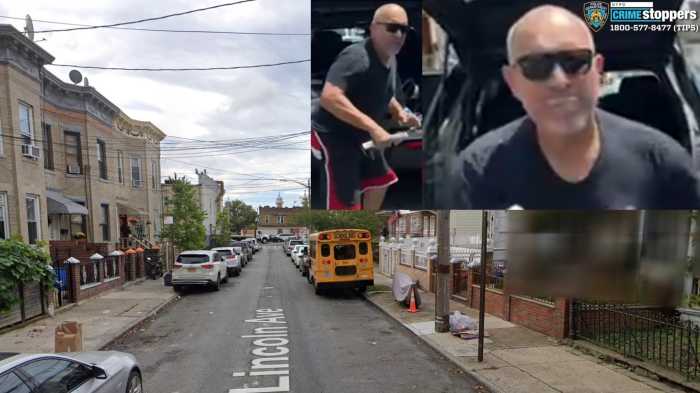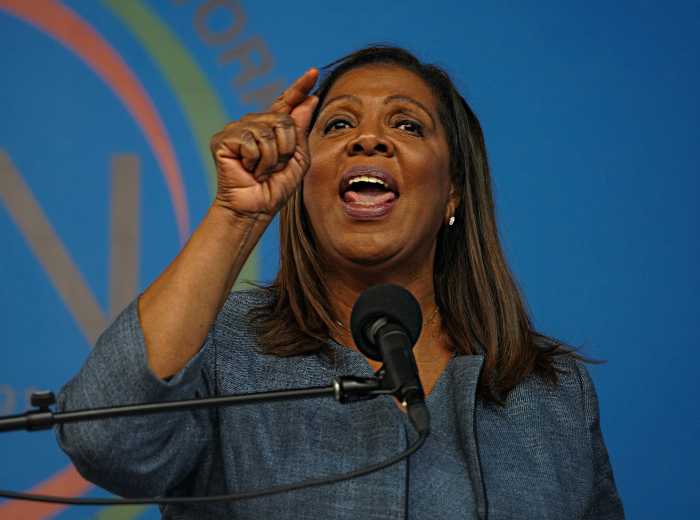It was “the war to end all wars” and New York City wanted to make sure no one ever forgot about it.
There are 103 memorials in parks across the city that mark the end of World War I, honoring the sacrifices in the bloody conflict.
Their shapes and styles vary greatly, from the dramatic “Dawn of Glory” in Highland Park to the granite Celtic cross and Father Duffy statue in Times Square and the Bronx Victory Memorial that towers more than 70 feet into the air.
As the nation paused to remember the end of the war that claimed more than 116,000 American troops, historians urged New Yorkers to take a closer look at the artwork that honors them.
“This week’s centennial commemoration helps focus our attention, and perhaps reminds us of our capacity to forget,” said Jonathan Kuhn, NYC Parks director of Art and Antiquities. “Monuments are intended to perpetuate memory and serve as community touchstones. Our many World War I monuments in New York City’s parks are an artistic expression and physical acknowledgment of the enormous collective loss this city experienced a century ago.”
Several of the World War I monuments received a restoration this year under the NYC Parks’ Citywide Monuments Conservation Program, with funding from donations and grants.
At the Inwood War Memorial in Washington Heights, a missing bronze bayonet was replaced and the sculpture cleaned and recoated.
The Highbridge Doughboy, which had sat in storage for more than 40 years was refurbished and is now on display at Jerome Avenue and 161st Street in the Bronx.
More than 500,000 residents of New York State served in the war and 13,956 were killed. Kuhn pointed out that nearly one of every eight monuments in the NYC Parks monument collection is a World War I memorial. Each monument has its own interesting history.
The Winfield War Memorial in Woodside, also known as “Victorious America,” located near the Brooklyn-Queens Expressway, has survived three crashes by cars.
Legendary body builder Charles Atlas is believed to have been the model for the strapping male (almost nude) figure in “Dawn of Glory.”
Chrysler Building architect William Van Alen designed the granite pedestal of the Richmond Hill War Memorial by sculptor Joseph Pollia. On top stands a somber statue of a World War I infantryman, known as a doughboy, with his helmet off and head bowed.
Queens has the most World War I memorials with 29, followed by Manhattan with 23, Brooklyn with 21, the Bronx with 18 and Staten Island with 12.
“They have long outlasted the living links to the tragedy of that war, and have the ability still to provide visual enhancement of our public spaces and serve as tangible symbols of our common history,” Kuhn said.


































